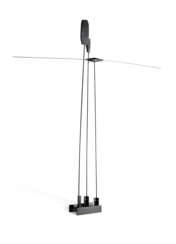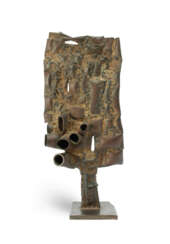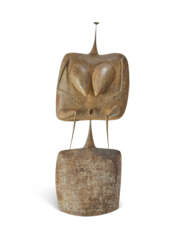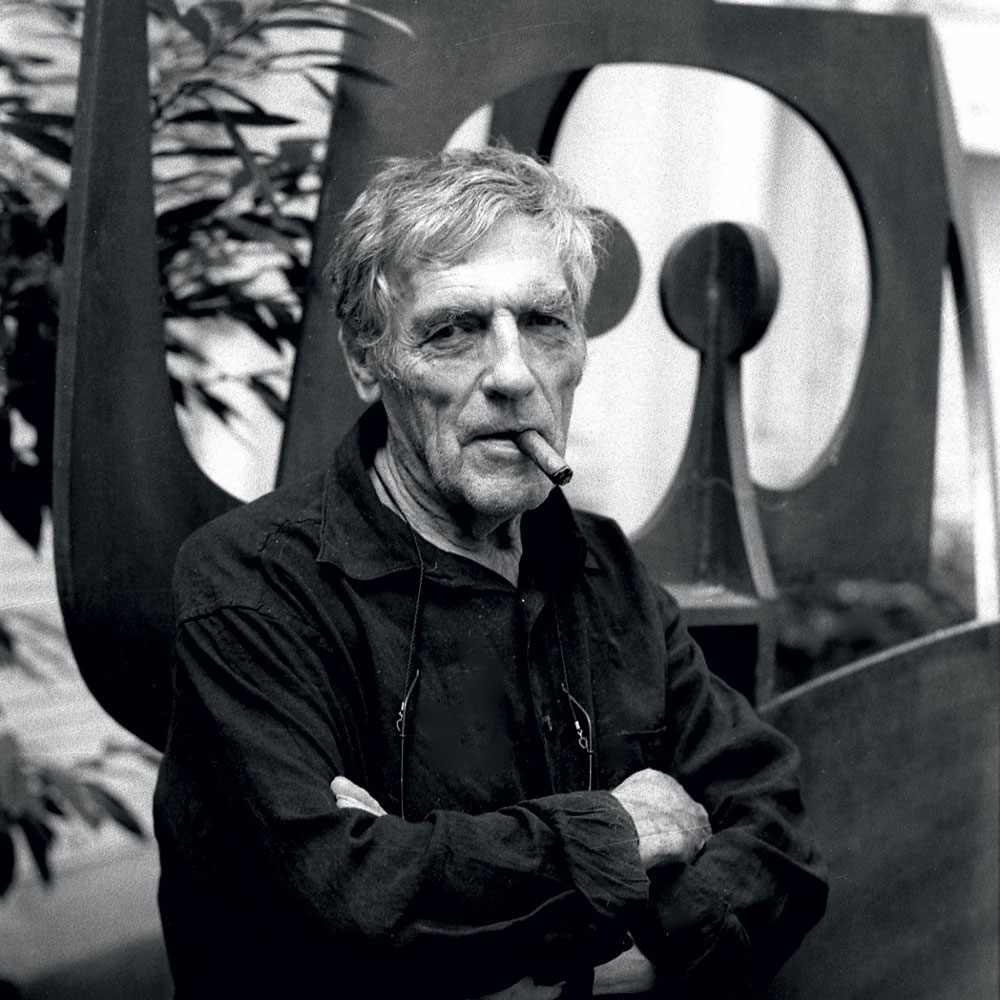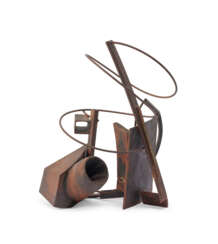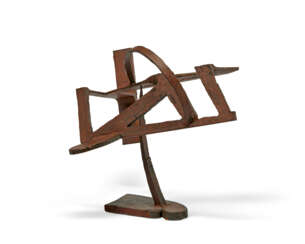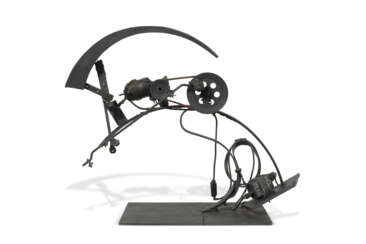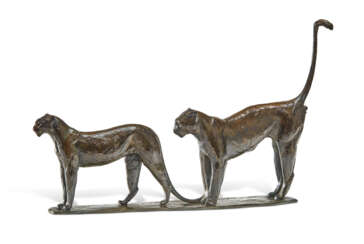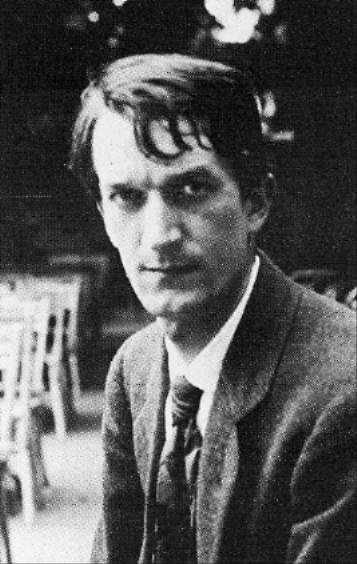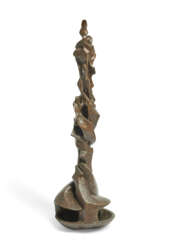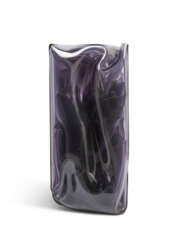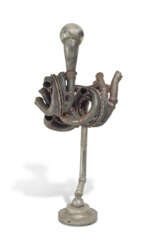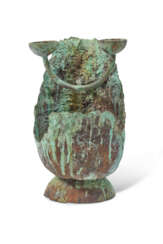
Sculptures, Statues & Figures — Collection Crémieux, passion privée
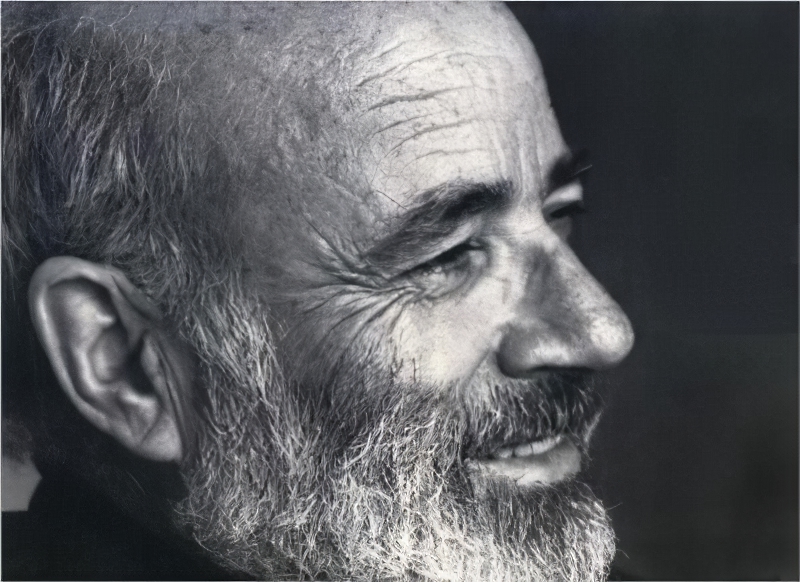
Panayiotis Vassilakis (Greek: Παναγιώτης Βασιλάκης), also known as Takis (Greek: Τάκις), was a self-taught Greek artist known for his kinetic sculptures. He exhibited his artworks in Europe and the United States. Popular in France, his works can be found in public locations in and around Paris, as well as at the Athens-based Takis Foundation Research Center for the Arts and Sciences.
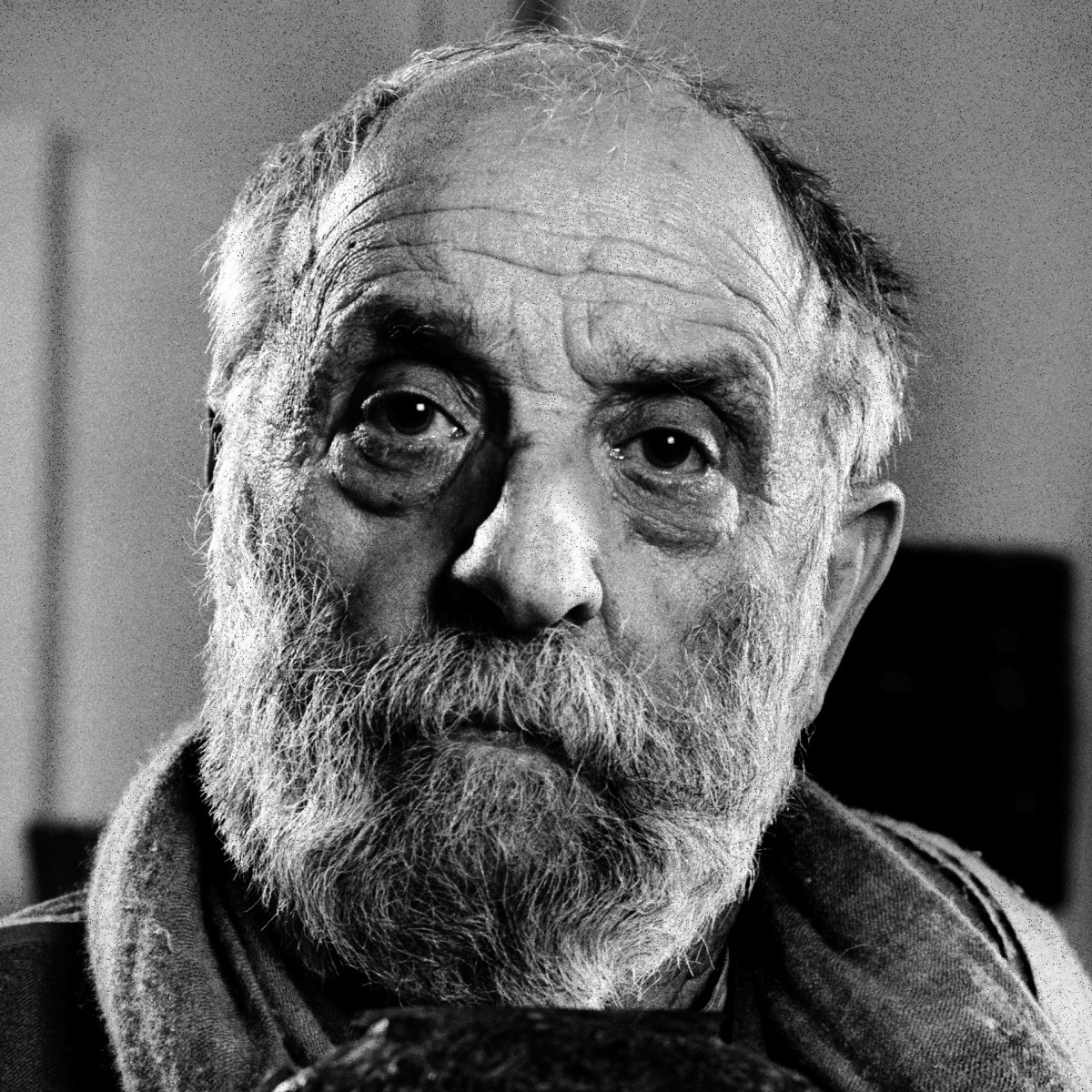
César (born Cesare Baldaccini) was a noted French sculptor.
César was at the forefront of the Nouveau Réalisme movement with his radical compressions (compacted automobiles, discarded metal, or rubbish), expansions (polyurethane foam sculptures), and fantastic representations of animals and insects.
Sir Anthony Alfred Caro was an English abstract sculptor who played a key role in the development of twentieth-century sculpture.
Caro trained at the Royal Academy School in London. In the early 1960s, he began making brightly colored abstract steel structures that he placed directly on the floor - the lack of a pedestal meant a radical shift in the dynamic between the work and the viewer. In addition to steel, he also created works in bronze, lead, silver, ceramics and wood, as well as on paper.
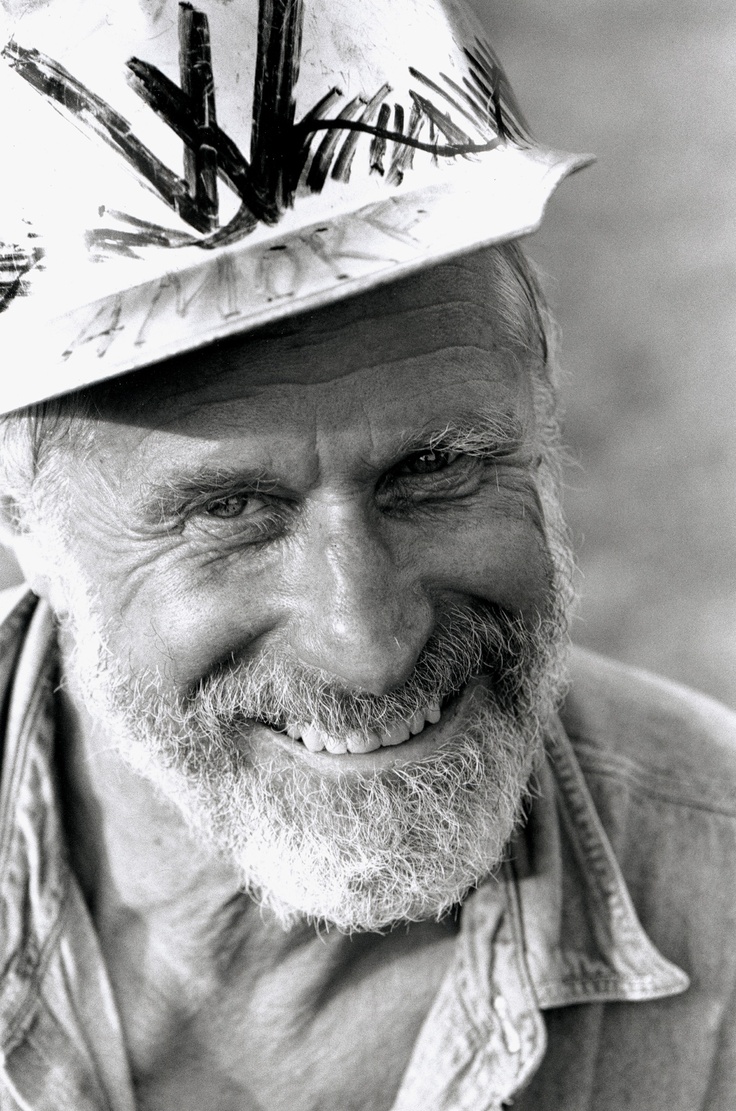
Marco Polo di Suvero, better known as Mark di Suvero, is an abstract expressionist sculptor and 2010 National Medal of Arts recipient.
Mark di Suvero gained an almost instant recognition among art critics with his first solo exhibit at the Green Gallery in the fall of 1960. His early works were large outdoor pieces that incorporated wooden timbers from demolition buildings, tires, scrap metal, and structural steel. This exploration has transformed over time into a focus on H-beams and heavy steel plates. Many of the pieces contain sections that are allowed to swing and rotate giving the overall forms a considerable degree of motion. Di Suvero pioneered the use of a crane as a sculptor's working tool.
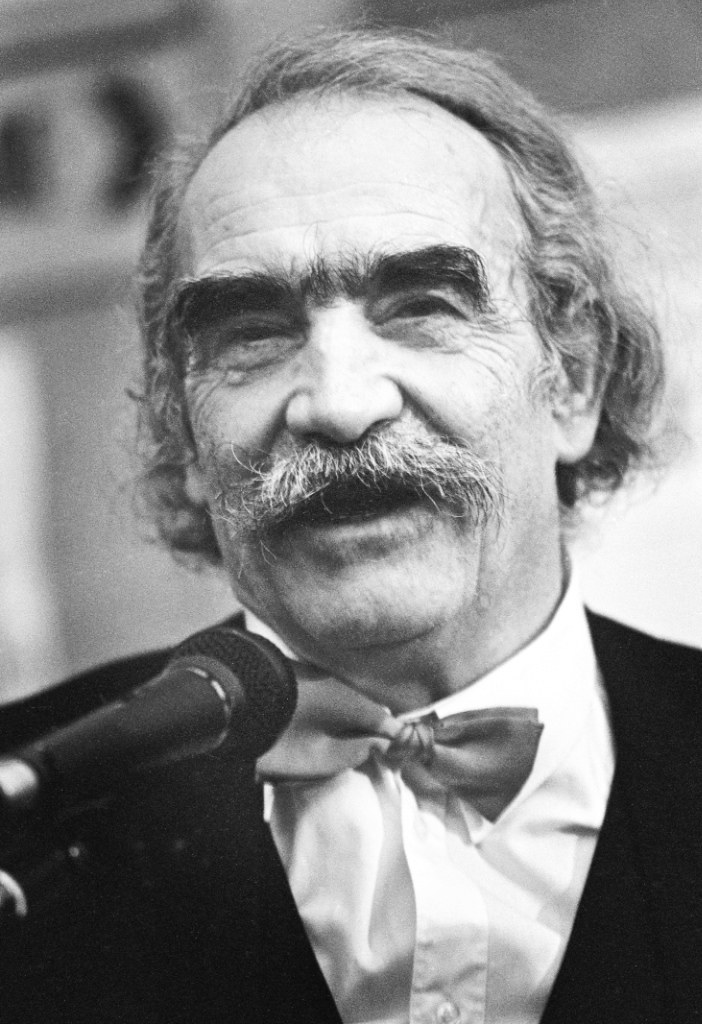
Jean Tinguely, a Swiss sculptor born in Fribourg, Switzerland, in 1925, carved a unique niche in art history with his kinetic sculptures, integrating movement and self-destruction into his works. Notably, his pieces extend the Dada tradition into the latter part of the 20th century, satirizing automation and the technological overproduction of material goods. Tinguely's innovative approach is exemplified in his Metamatic drawing machines, allowing viewers to create abstract images automatically, and his spectacular self-destroying sculpture "Homage to New York" at MoMA in 1960, showcasing his flair for blending performance and art.
His artistry evolved through collaboration with other artists, including his wife Niki de Saint Phalle, leading to vibrant, large-scale projects like the colorful "Stravinsky Fountain" near the Centre Pompidou in Paris. Tinguely's works, characterized by their use of scrap metal and mechanical parts, not only challenge the conventional boundaries of art but also engage with themes of destruction, renewal, and the intersection of art and life. His significant contributions to kinetic art and his involvement with the Nouveau Réalisme group highlight his pioneering role in post-war European art.
Tinguely's legacy is preserved in the Museum Tinguely in Basel, dedicated to his life and work, ensuring his innovative spirit continues to inspire. His works, such as "Méta-Harmonie" and the "Carnival Fountain" in Basel, remain influential, blending artistic exploration with mechanical invention.
For art collectors and experts, Tinguely's creations represent not only significant artistic achievements but also compelling investments, as his works continue to command high prices at auctions, reflecting their enduring appeal and historical importance.
To stay updated on sales and auction events featuring Jean Tinguely's art, sign up for updates. This subscription will ensure you're informed about new opportunities to explore and acquire pieces by this visionary artist, bringing the dynamic energy of kinetic art into your collection.

César (born Cesare Baldaccini) was a noted French sculptor.
César was at the forefront of the Nouveau Réalisme movement with his radical compressions (compacted automobiles, discarded metal, or rubbish), expansions (polyurethane foam sculptures), and fantastic representations of animals and insects.
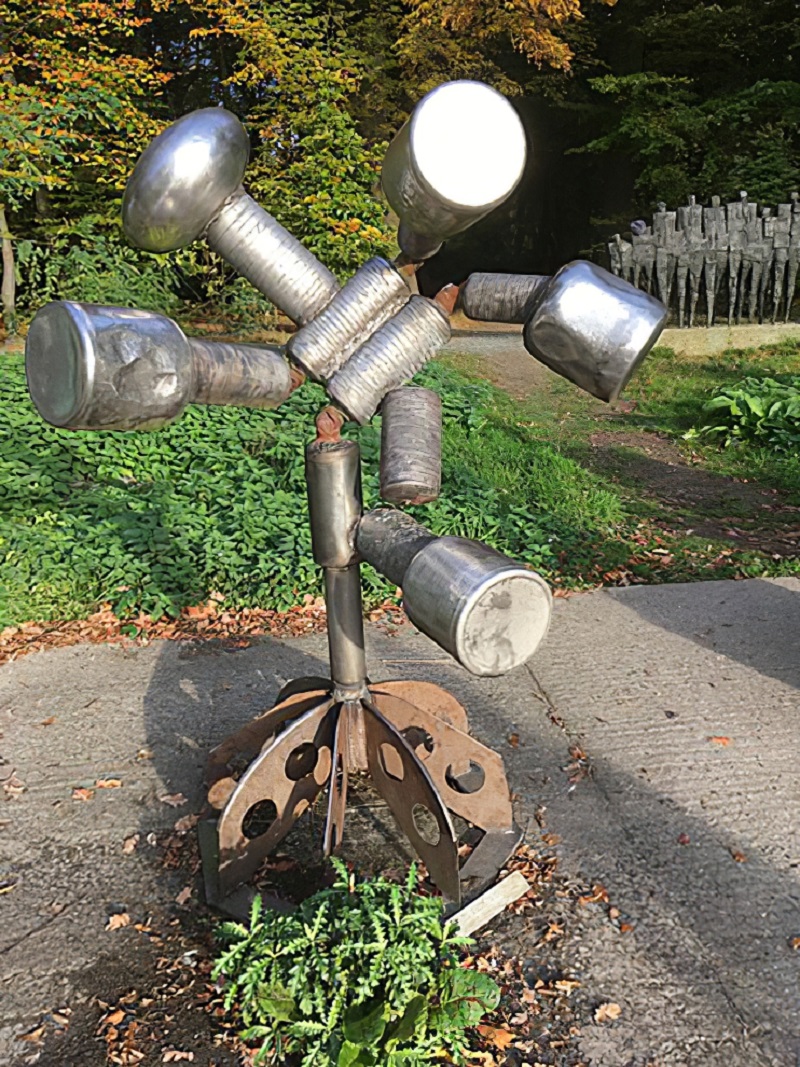
Claude Viseux is a French painter and sculptor. Claude Viseux's works can be found in many public spaces in France and in museums around the world. He also participated in the design and creation of ballet sets and costumes.
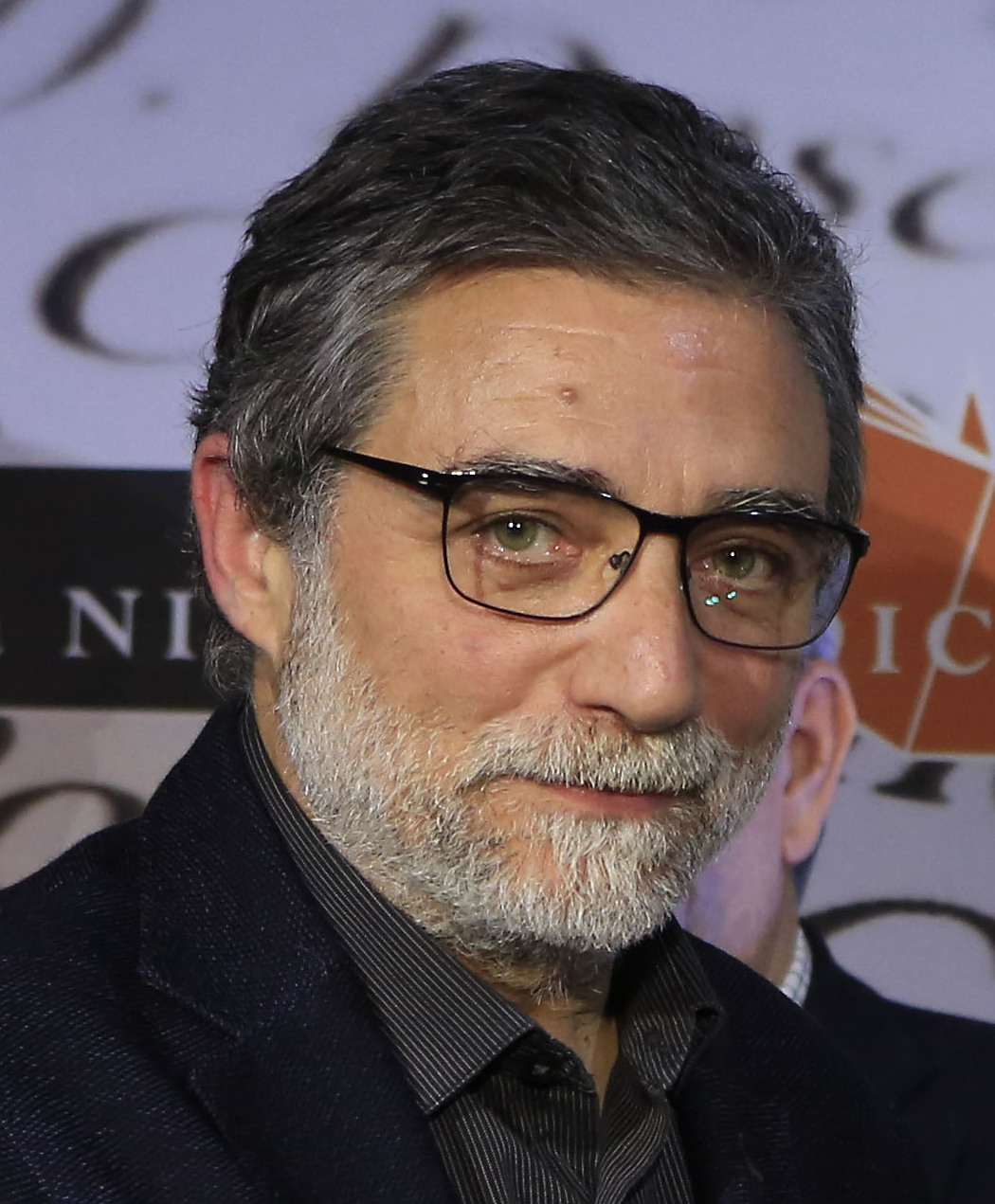
Jaume Plensa i Suñé is a Spanish visual artist, sculptor, designer and engraver. He is a versatile artist who has also created opera sets, video projections and acoustic installations. He worked with renowned Catalan theatrical group La Fura dels Baus. He is better known for his large sculptures made up of letters and numbers.
